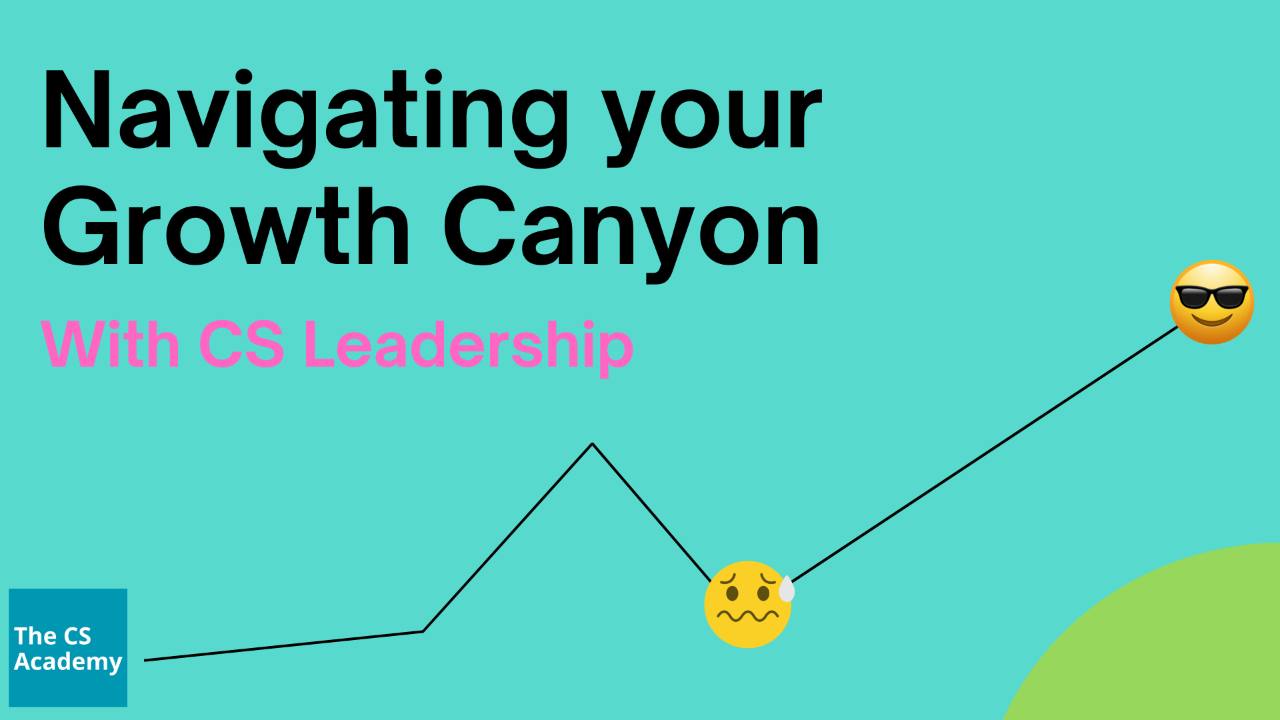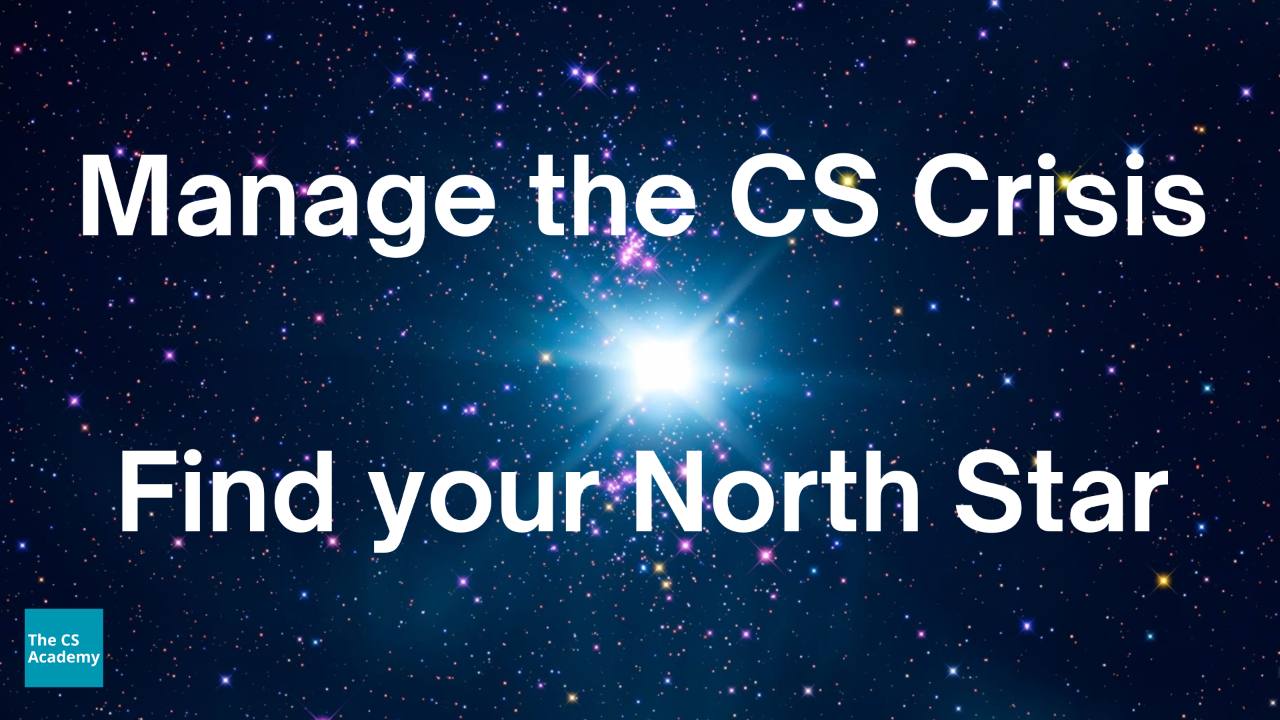Customer Success - the evolution from client support to a growth engine
If you ask Wikipedia today, here is what you get: "Customer success, customer success management, or client advocacy is a business strategy aimed at ensuring that customers achieve their desired outcomes while using a product or service. It involves proactive engagement, personalized support, and ongoing assistance to help customers derive maximum value from their investments..."
From my experience in various industries, I would describe the tangible outcome of customer success (CS) as long-term ROI derived from improved satisfaction, loyalty, and advocacy. In other words, it is a way to increase the lifetime value (LTV) of your customer base, which enables you to reinvest in your business and grow.
Since the beginning of this century, CS has become increasingly important as a revenue accelerator for companies with repeatable revenue. Salesforce didn't invent the term "Customer Success Manager" (CSM), but they created the role for the first time in 2003.
Depending on your industry or stage of growth, this function's benefits can offset client acquisition costs by five, eight, or even ten times.
Today, CEOs and revenue leaders have bigger challenges than ever before:
- Margin constraints, reduced headcount and stretched internal resources
- Increased competitive pressure
- The loss of product/market fit brought the value of CS into question.
So, let's examine the journey of CS by picturing 3 stages that I have witnessed while working in customer-facing roles.

The Cost-Center Approach
I looked at job descriptions of CS leadership roles earlier this year, and I found it interesting that some companies still describe their CS department mainly as a cost centre.
Their purpose is to deal with customer requests and firefights and ensure current problems are locked and eventually dealt with. I was quite surprised that this proposition reminded me of the early 2000s, when I worked in a customer service department. Back then, Customer Success was seen as a service department driven by a mindset to prevent churn. There was no thinking of ROI or any KPI to measure success.
Twenty-plus years later, we have seen big progress! CS - nowadays - is sometimes called CX (Customer Experience), and its focus on driving growth through repeatable revenue gave it a broader remit—a sales-orientated direction.
CS in Silo
Revenue departments began to "adopt CS", and companies saw the great opportunities to use systems and processes to enrich the revenue flow on the right side of the bowtie funnel, aka post-sales.
With the new focus on the commercial side of the client relationship, new roles were born and with that, new silos: Account Management, Client Service, Support vs. Sales
AMs jobs were to drive account retention and expansion (cross-sell and upsell). CS became a lead generation vehicle, leaving the account manager responsible for conducting commercial conversations. This distinction helps CS focus on being the customer advocate and not crossing that line where they are asking for money.
Swimming lanes were created:
- Customer success teams often play a significant role in onboarding new customers, providing training, and offering ongoing support to help them use the product effectively.
- Account managers focus mainly on renewals and negotiations and ensure that the terms of the service are met.
- Account management can have a strong sales component, while CS focuses on fostering long-term relationships with customers, identifying potential opportunities for growth, and preventing churn.
The biggest challenge with those differences in job descriptions is that people forget that they share the same pool: While CS nurtures the relationship, AMs need to hit the expansion quota. While CS KPI is a questionable NPS score, AMs hit a target and bring home the lovely commission.
A customer success approach that got lost in isolation.
The Systematic Growth Engine
Moving to today, and considering that growth strategies need some fresh thinking, Customer Service should be everybody's business.
The biggest challenge for CEOs is aligning Go-To-Market (GTM) functions (Revenue, Marketing, and Product) with a growth mindset and values that cascade down to everyone.
CS can be the company's growth engine, the customer's voice, and the expansion coordinator. There is an opportunity to learn from the evolution of CS and becoming truly customer-obsessed and let GTM teams act as ONE TEAM, with players looking after the different value stages but generally having the same key skill sets and mindset:
- Improve retention
- Find opportunities to upserve
- Share insights within a feedback loop to Product, Marketing, and Sales
CS in 2024 should focus on understanding what clients need from us today, how we can identify and deliver value and renew the impact, and how to get them to become our ambassadors.
What is Customer Success for you? How do you measure success? Let me know in the comments!
If you want to discuss this further, please get in touch!





Responses